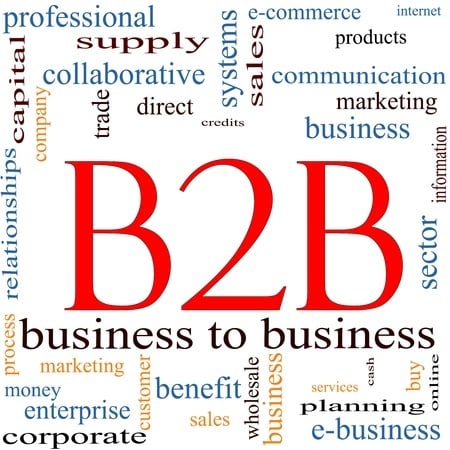
My friend and business partner Troy Claus wrote an interesting post the other day, looking at personal versus professional branding. It raises some great questions about focus and recognition, and where the value lies in both.
It got me thinking about how the line between figureheads and financial results in business can be a frail one, and how companies need to take a look at how their audience perceives them if they want long-term success.
It’s a question that not too many businesses look at, especially if the employee is either a founder or boardroom level. Yet it’s something that every business needs to be aware of, and not just at the highest level.
One Minus One Equals…
Look at Apple and Microsoft for a minute. Everyone knows who the number one employee is (or was) – Steve Jobs and Bill Gates respectively. They’ve become the face of their companies and are synonymous with the two brands.
Yet for anyone outside the tech and associated arenas, could you say who’s immediately after these guys? Timothy D. Cook is the Chief Operating Officer for Apple and Steve Ballmer is the CEO of Microsoft. I know of Ballmer, but that’s purely from being an Xbox 360 owner and his name pops up a lot in that field, but Cook I didn’t know.
This is why there’s always a big reaction to any news about Steve Jobs’ health – most people (or at least the ones that really matter, the consumers) see Jobs as Apple and vice versa. All of Apple’s successes have been because of Jobs (again, in the eyes of the general consumer), so no Jobs means no Apple.
You only have to look at the way Apple’s share price dropped when a citizen journalist incorrectly reported on Jobs’ death. While the story was criticized for lack of research, it did raise a valuable point – is being the face of a company detrimental to your overall business strategy?
Strength in Numbers
There are two key factors in the success of a business – customers and product. Sure, you can have the best personnel but without customers it doesn’t matter if you have the most kick-ass team in business history. While market forces and economy also play a part, it’s customers and product that go hand-in-hand with each other that either make or break a business.
Normally they won’t care who’s running a company – all that matters is they can get a product they need at the price they want to pay. However, if they see a front person for that company, it’s natural to associate that person as the company itself. So if something happens to that person, it’s also natural to think the company will be affected. Which is what’s happened with Apple in the past, despite the fact they have a tremendous backroom team in place to steady the ship.
If you have a face to your business, ask yourself if it’s the best approach. It’s always good to be recognizable as a brand but can there be too much recognition?
- Make your business the brand as opposed to having a figurehead. These are usually only good for shareholders and investors, and they don’t normally stick around too long when your customer base starts disappearing.
- Spread the love. Businesses with just one or two key personnel are always at risk from one or both of them leaving. Where does that leave the business? Encourage others to step up and reward innovation across the company with increased responsibilities.
- Talk to your customers. Keep them up-to-date with current events behind-the-scenes ahead of announcements and help head off speculation before it happens.
- Build the confidence that your business isn’t just a one-man show. If there are public trade shows, send multiple employees to deliver keynote speeches in their niche. A ship full of knowledge is more powerful than a knowledgeable ship.
No-one likes to hand the reins of their baby over to anyone else. You built the business; you made the early sacrifices; so you should be the one leading from the front, right?
Yes, you should be leading. But do your customers really care who’s leading as long as your business meets their needs?
image: antony chammond



